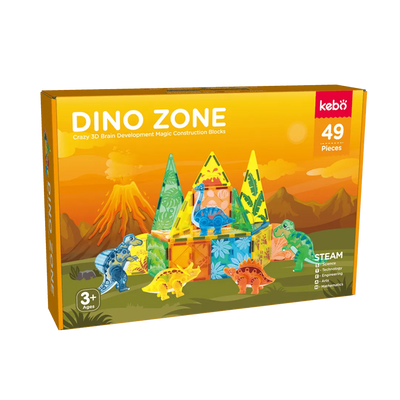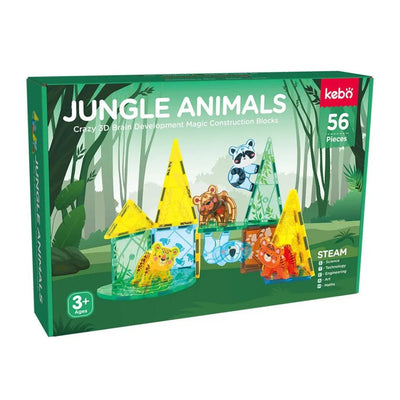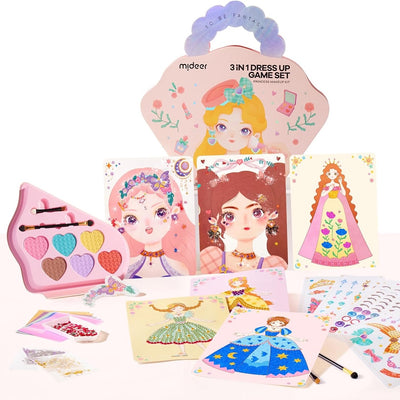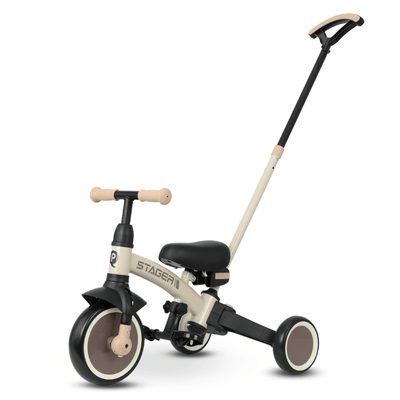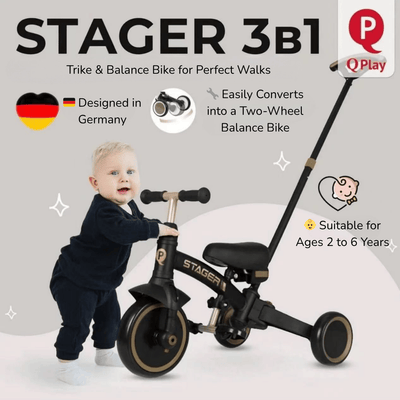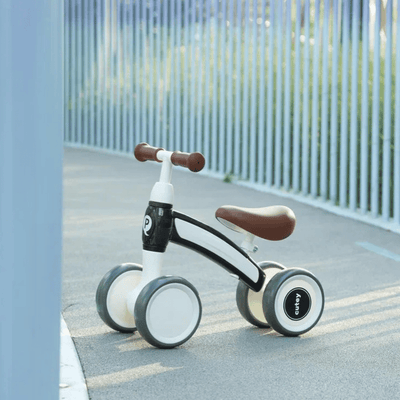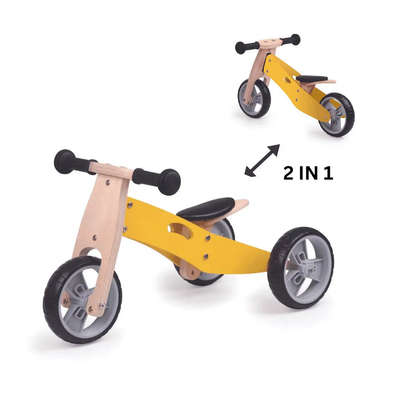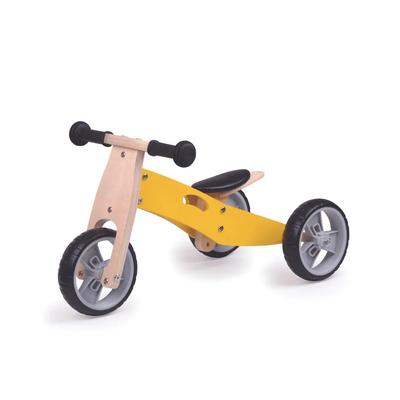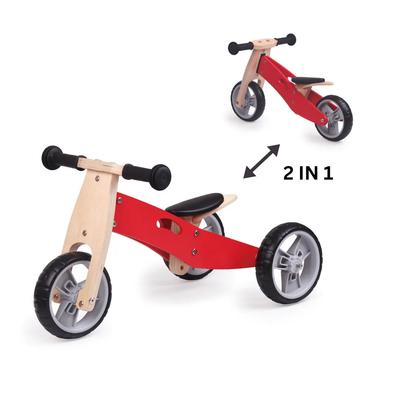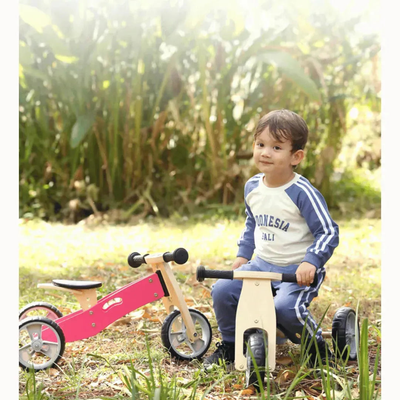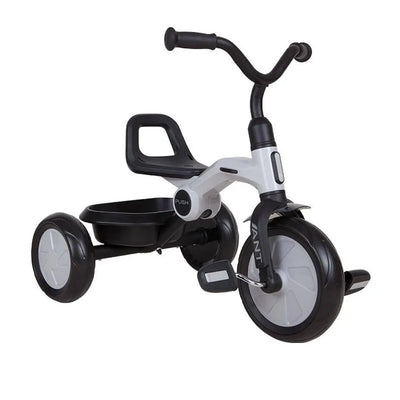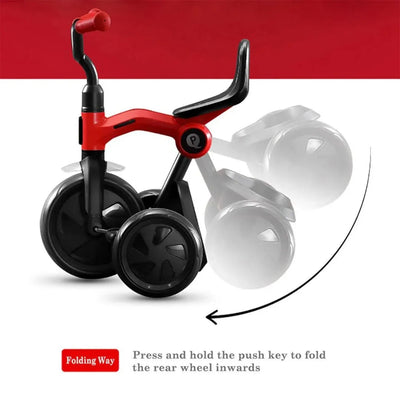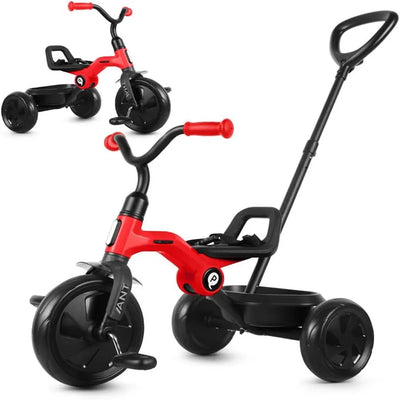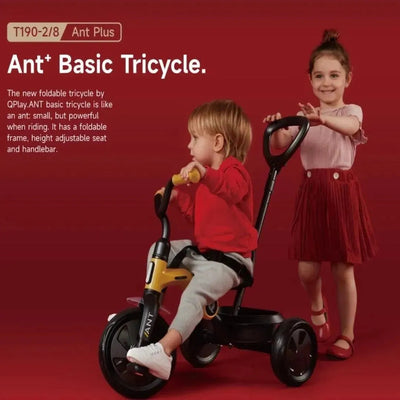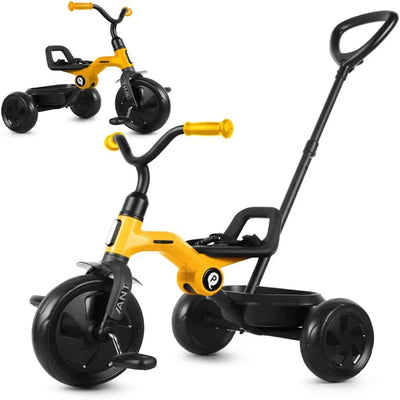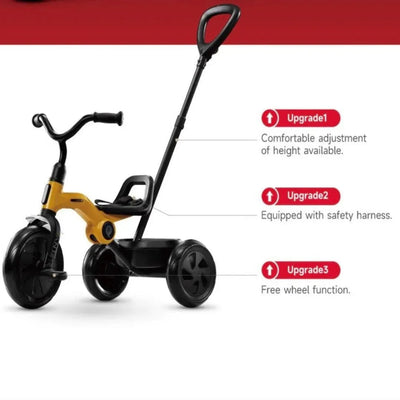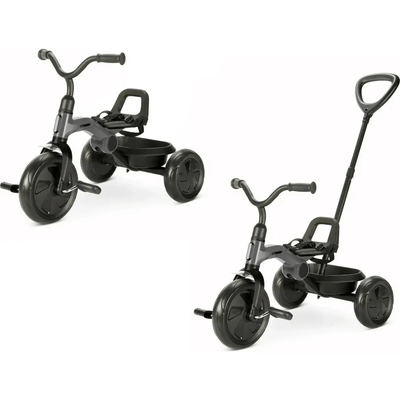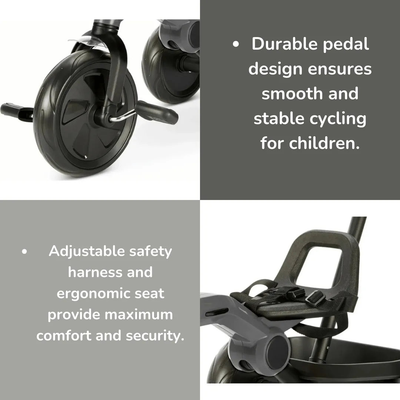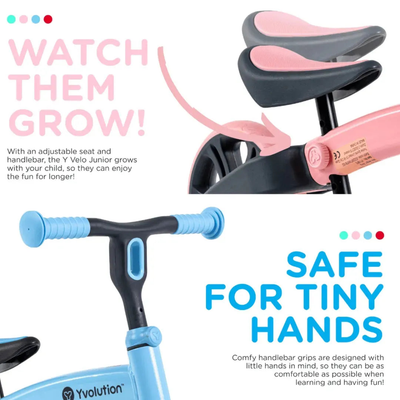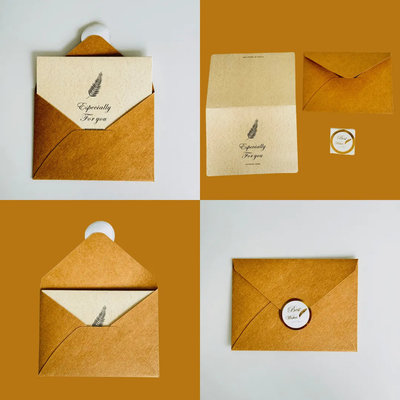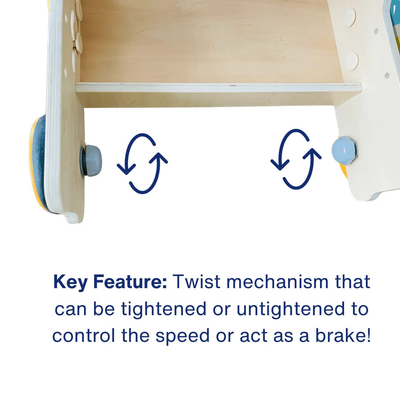🛴 Baby Walkers & First Balance Bikes for Active Learners
Our collection of baby walkers and baby bikes is designed to support early movement, confidence, and motor skill development. These ride-on toys help babies and toddlers learn how to balance, push, and steer—all while having fun indoors or outdoors.
Learning to walk and ride is a huge step in a baby’s development. Baby walkers and balance bikes offer support during this exciting transition. These toys encourage gross motor development, balance, and independence in a safe and active way.
A baby walker allows your child to push and take steps while holding on for support. It builds leg strength, stability, and confidence. Most walkers are lightweight and easy to manoeuvre on indoor floors.
A baby balance bike, on the other hand, introduces riding motion without pedals. It’s perfect for building coordination and preparing for a traditional bike later on. Toddlers learn to sit, scoot, and steer while staying close to the ground for safety.
Both types of toys offer benefits:
-
They encourage muscle development and joint stability.
-
They teach direction, coordination, and body awareness.
-
They reduce screen time by keeping kids active and moving.
-
They help toddlers gain independence while staying in control.
At BabyCoo, we select baby walker and baby bike with parents and babies in mind. All models are tested for quality and safety. Many are designed to grow with your child. Some feature 3-in-1 designs that transform from a push walker to a ride-on bike as your little one grows.
What’s the Difference Between a Baby Walker and a Baby Bike?
A baby walker helps support your child’s first steps by allowing them to push and walk behind it. A baby bike is a ride-on toy that toddlers sit on and move using their feet, helping build balance and coordination. Some models combine both features for added value and longer use.
What is the difference between balance bike for baby and toddler?
- Size: Baby balance bikes are generally smaller since they're designed for children as young as 12 months or even younger. Toddler balance bikes are typically larger to accommodate children from about 2 years old up to 5 years or more.
- Seat Height: The seat height of a baby balance bike is lower to the ground to allow the younger child to sit with both feet flat on the ground. As children grow, they can handle a taller seat height, which is what you'll find with toddler balance bikes.
- Weight: Bikes designed for babies are usually lighter, making it easier for the smaller, less muscular babies to handle and maneuver. Toddler bikes might be a bit heavier as they are built to support the additional weight and the more aggressive riding style of older children.
- Safety Features: Baby balance bikes often have additional safety features, like limited steering to prevent sharp turns that can cause falls. Toddler bikes might offer more freedom with the steering to help them learn more advanced balancing skills.
- Wheels: The wheels on baby balance bikes can be made from softer materials suitable for indoor use or gentle outdoor play. Toddler balance bikes may have wheels that are more durable for varied outdoor surfaces
